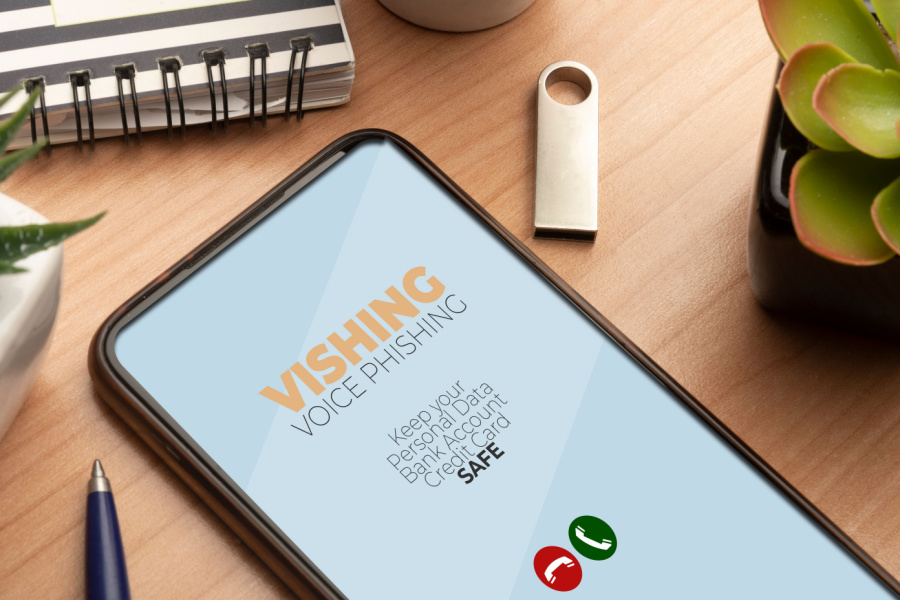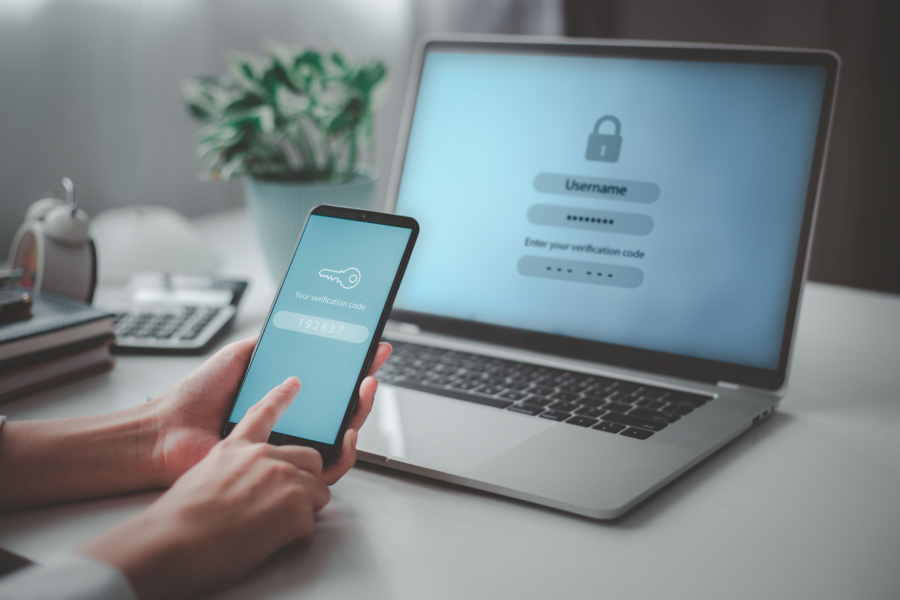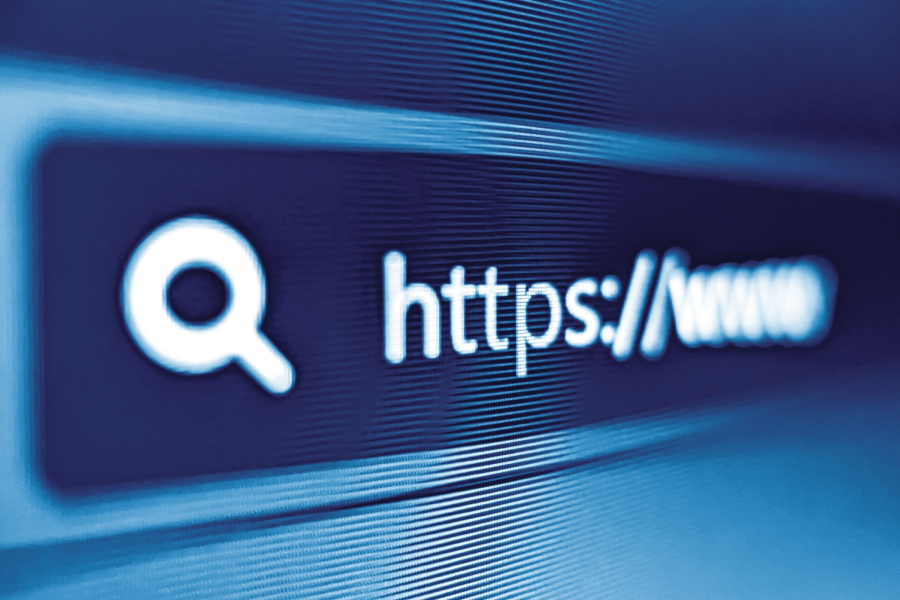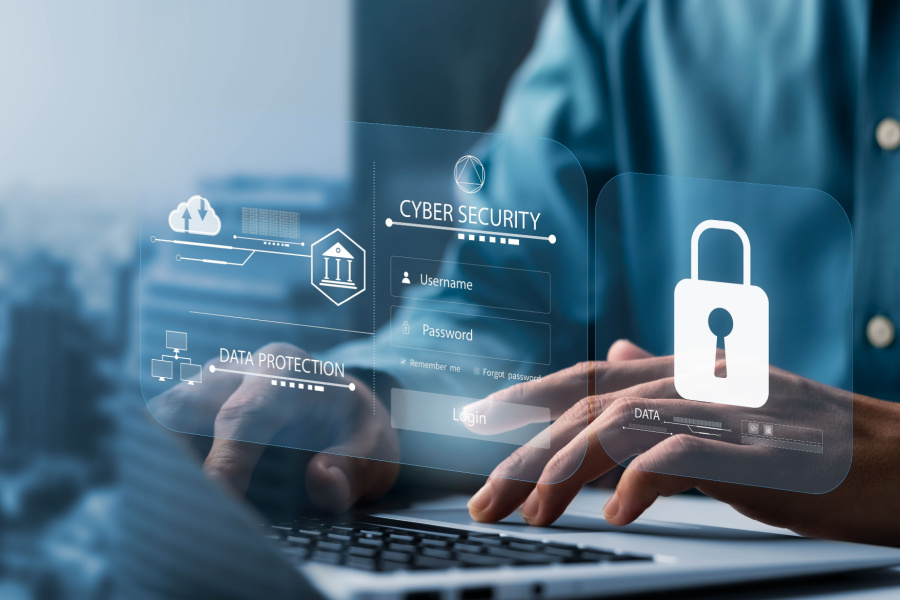With the increasing reliance of businesses on technology, the threat of phishing attacks looms large. These cyber threats have the potential to compromise sensitive data, disrupt operations, and inflict financial losses—which is why learning how to protect from phishing attacks is imperative for business operations.
In this blog, we explore all about phishing and how to guard your organization against it. By offering insights into this threat, you can employ various techniques and effective prevention strategies, promoting the importance of data protection.
What is Phishing and How Does It Work?
Phishing, at its core, is a deceptive practice where cybercriminals masquerade as trustworthy entities to trick people into divulging sensitive information. This can range from login credentials to financial details, endangering your business to incur financial losses or operation disruptions. So, understanding the anatomy of phishing attacks is imperative to bolster your company’s defenses.

Types of Phishing Attacks
There are a few types of phishing scams that most people encounter frequently. These are:
- Email Phishing: Deceptive emails that mimic legitimate communications. These emails are named under spoofed sender addresses and urgent requests for sensitive information.
- Spear Phishing: These are highly targeted attacks focusing on specific individuals or organizations. This type of phishing uses personalized messages to gain insider information to increase its “credibility.”
- Vishing (Voice Phishing): This form of phishing attack is conducted via phone calls, often impersonating trusted entities. Through calls, scammers request sensitive information or actions under the guise of urgency.
- Smishing (SMS Phishing): One of the most common phishing attacks we encounter is via text messages. These messages contain links or prompts that lead to apps or websites that trick you into disclosing sensitive information or steal your information through malware.
- Pharming: This phishing attack redirects users to fraudulent websites without their knowledge. Usually, attackers create fake websites under official brands and then exploit vulnerabilities in DNS (Domain Name System) settings once you open them.
Employing the best practices of cybersecurity is the first step in preventing leaks of sensitive information. Through attack prevention, you can secure your company data and ensure business confidentiality and operations.
How to Protect Your Business From Phishing
While the advancement of technology’s goal is to make our lives easier, unfortunately, it has enabled scammers to find more sophisticated ways of hacking businesses. Nowadays, digital heists are so common that it puts your organization at high risk of being conned.
So, how can phishing be prevented?

Educating the Workforce
The first step of creating a robust defense begins with educating your employees on the various forms of phishing attacks. Regular training sessions should cover identifying phishing emails, recognizing red flags, and understanding the consequences of falling victim to such attacks.
This ensures that your team can acknowledge malware and promptly report questionable activities as they happen.
Incident Reporting Procedures
Establish clear incident reporting procedures within your organization. Encourage employees to promptly report any suspected phishing attempts. Quick reporting allows for swift action to mitigate potential damage.

Implementing Multi-Factor Authentication (MFA)
Enforcing multi-factor authentication increases your account security, making it significantly harder for attackers to gain unauthorized access even if login credentials are compromised. A few known MFA systems you can connect to your accounts are through Google Authenticator or Microsoft’s Authenticator app.
Email Authentication Protocols
Implementing email authentication protocols such as Domain-based Message Authentication, Reporting, and Conformance (DMARC) helps prevent email scams. These protocols verify the legitimacy of emails, reducing the likelihood of phishing attacks by automatically putting suspicious messages in the junk or spam folders.

Secure Website Connections
Always ensure that websites requiring sensitive information have secure connections. Aside from implementing network security solutions, using something as simple as “https://” in the URL indicates an encrypted connection, safeguarding user data from interception.
Regular Software Updates
Keep your operating systems, browsers, and security software up to date. Regular updates often include patches to fix vulnerabilities that can be exploited by phishing attacks.

Security Software
Invest in reputable antivirus and anti-malware software. These tools can detect and prevent phishing attacks, providing your systems with an additional layer of defense against malicious links and attachments.
User Verification
Encourage your employees to independently verify unexpected requests for sensitive information. A simple phone call to the supposed sender can often unveil the authenticity of the communication.

Monitoring Financial Accounts
Regularly monitor your financial accounts for any unauthorized or suspicious activities. Early detection of discrepancies allows for swift action to minimize potential financial losses.
Phishing Simulations
Conducting phishing simulation exercises within the organization can help assess the preparedness of the workforce. Using penetration testing tools and adding them to your simulations provides valuable insights into areas that may require additional training and reinforcement.
Securing Your Business with Kital
To maintain your business’s cybersecurity, staying vigilant and proactive is a paramount step. By understanding the mechanics of phishing attacks, recognizing the different types, and implementing robust prevention strategies, your business can significantly reduce the risk of falling victim to these insidious threats.
As technology continues to advance, so too must your defenses. And to help you with securing your digital operations, Kital offers solutions that can help you with phishing prevention. With our services, we can ensure a secure digital transformation for your business. Learn more about our services and contact us today!




